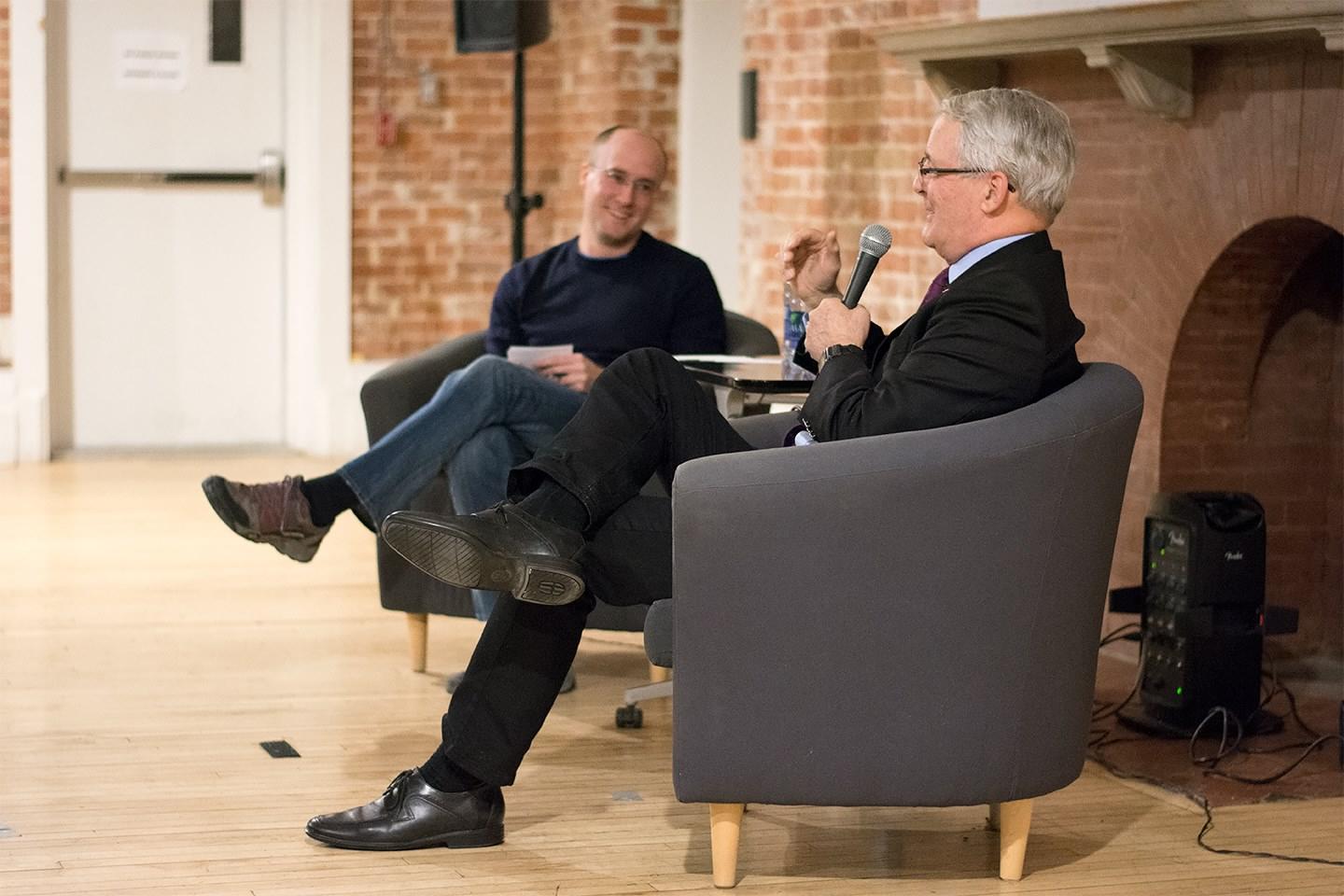Active Listening What Does it Look and Feel
Active Listening What Does it Look and Feel Active listening is a fundamental communication skill that plays a crucial role in effective interpersonal interactions. Thomas Neal, a well-known communication expert, has provided valuable insights into the concept of active listening …
Overview
Active Listening What Does it Look and Feel
Active listening is a fundamental communication skill that plays a crucial role in effective interpersonal interactions. Thomas Neal, a well-known communication expert, has provided valuable insights into the concept of active listening and how it can be recognized through both observable behaviors and internal experiences.
When we engage in active listening, we go beyond the surface level of hearing words and instead focus on understanding the deeper meanings, emotions, and intentions conveyed by the speaker. This skill involves several key elements that collectively contribute to creating a conducive and respectful communication environment.
One of the prominent aspects of active listening is nonverbal cues, which encompass both body language and facial expressions. Maintaining consistent eye contact with the speaker signals our genuine interest and attentiveness. Leaning slightly forward, nodding in agreement, and having an open posture demonstrate that we are fully engaged and receptive to what the speaker is saying.
Verbal affirmations also play a significant role in active listening. Using encouraging phrases like “I understand,” “Tell me more,” or “Go on” indicates that we are actively seeking to comprehend and encourage the speaker’s narrative. These responses help the speaker feel valued and acknowledged, fostering a more meaningful conversation.
More:
Moreover, active listening involves minimizing interruptions and allowing the speaker to express their thoughts and feelings without feeling rushed. Pausing before responding and avoiding interjecting our own opinions or thoughts demonstrate our commitment to understanding the speaker’s perspective fully.
Empathy is a critical component of active listening. It entails not only understanding the speaker’s words but also their emotions and underlying concerns. Responding with empathy, such as saying “That must have been challenging for you” or “I can imagine how you must have felt,” shows that we are attuned to the speaker’s feelings and are creating a safe space for them to share.
Mirroring or paraphrasing the speaker’s words is another technique used in active listening. It involves restating what the speaker has said in our own words to confirm our comprehension and to provide an opportunity for the speaker to clarify or elaborate further.
In summary, active listening, as advocated by Thomas Neal, is a multi-faceted approach to effective communication. It involves both outward behaviors and inward attitudes that together create an atmosphere of respect, understanding, and connection. By actively engaging with others and demonstrating a genuine willingness to comprehend their perspectives, we enhance our relationships, improve our communication skills, and create more meaningful interactions.
Curriculum
- 1 Section
- 1 Lesson
- 1 Hour






